DX Radio Listening
Cleveland, Ohio
1958 - 1964
|
|
In the fifties,
Cleveland was not exactly a progressive place, and I had an early
urge to go somewhere else. One way of doing this vicariously was
through the arcane hobby of AM DXing... the search for distant
signals on the commercial AM broadcast band. |
 |
|
A major influence
on the nation and the radio industry in the earliest days of
commercial radio, DXing had fallen off after W.W. II. However, there
were still several national clubs that exchanged information about
the long distance ("DX" in Ham radio parlance) reception of AM radio
stations. I was one of those DXers who send reception reports to
stations and expect to be rewarded with some form of written
acknowledgment. |
 |
|
Digressing, I should
explain why I would want to listen to a distant AM
station, having a number of fairly decent ones in
Cleveland. My father, before he managed a cemetery
following the Depression (another story altogether),
had worked as an investment banker. He encouraged me
to learn about investing, and I bought several (as
in "5") shares of Storer Broadcasting, owners of an
AM-FM-TV combo in Cleveland. I felt it my duty to
monitor my investments, and found that nearby Storer
stations like WSPD in Toledo, WWVA in Wheeling and
WMMN in Fairmont, West Virginia, could be picked up
in Cleveland. |
 |
|
One of my first
receivers was a Hallicrafters SX-99. At age 12, I used a 200' length of
copper wire to pull in the distant signals. A Tide box served well
to mount the GMT-synchronized clock. |
|
When I tried for
the more esoteric Storer stations, like WGBS in Miami and KPOP in
Los Angeles (a station I would later program as KTNQ), I was
unsuccessful. But I heard a lot of other interesting stations... and
eventually heard almost all of the Storer stations, too. I spent
many evenings and nights listening to AM stations, and verified
receptions of several from New Zealand and Australia, a half-dozen from Hawaii,
over two hundred from Latin America and dozens of Europeans, too. |
 |
|
Later, I obtained
a Collins 51S-1 receiver and a state of the art Sony 777 tape deck, used
to listen to those static-laden hard to identify signals from Puerto
Rico and Ecuador and other exotic locales. |
|
The
frequent goal
of DXers was to receive verification letters or "QSL" cards verifying that the
station had confirmed that
reception did, in fact, occur. From Cleveland, I got about 2,400
verifications from 87 countries. |
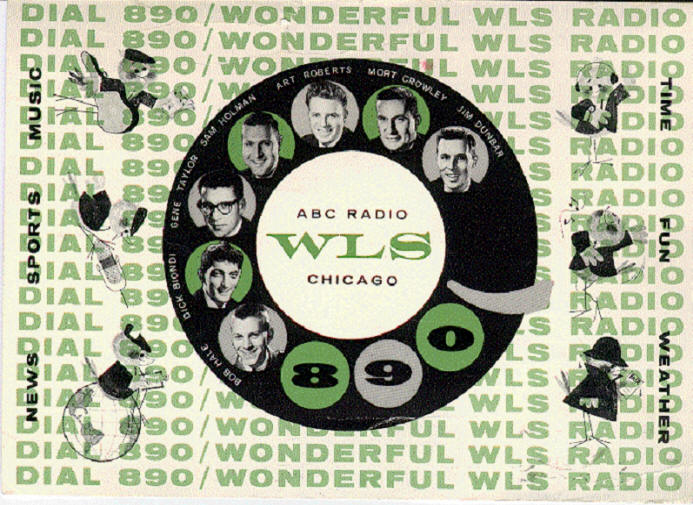 |
|
Click on the WLS
card above to see both a Verification of Reception and a station
promotion card with the autographs of three of the WLS DJs of the
early 60's, obtained by visiting the station. |
|
DXing usually
includes sending a report to each "catch" with details on what was
heard, such as commericals, songs, DJ remarks, station ID's "word
for word" and a request for a verification of the reception. |
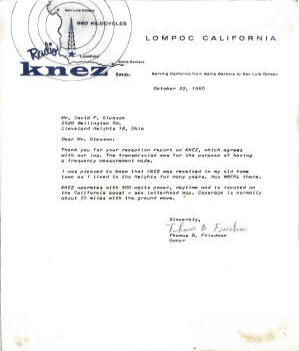 |
 |
|
Above is a sample
of my "veries" (as AM broadcast band verifications had been called
since the 40's) from California... in this case, KNEZ in Lompoc, a 500
watt daytimer on for a test. Click on that letter (allow pop-ups,
please) and see the many other California verifications of my reception
in Ohio. |
Here are a set of
veries from another state, Texas, which were received and verified
between 1958 and 1963 at my DX post in Cleveland, Ohio. Click on the Verie above to see
several megabytes of color PDF's of my 63 Texas veries, including
nearly a dozen "graveyarders" (Class IV) stations operating at 250
watts" |
 |
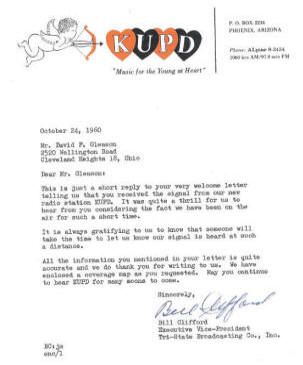 |
|
Click on the this letter to see some
verifications of reception from Mississippi. |
Click on the this letter to see some
verifications of reception from Arizona... including one 250 watt
station, KRDS. |
 |
 |
Here is a verie
letter to another DXer of the era, Ben Dangerfield, signed by the
station owner
and by me soon after my arrival in Ecuador in 1964 |
Another prized verification from KGBS
in Los Angeles from July of 1960. 35 years later,
I would be the
program director of this station under the call letters of KTNQ.
|
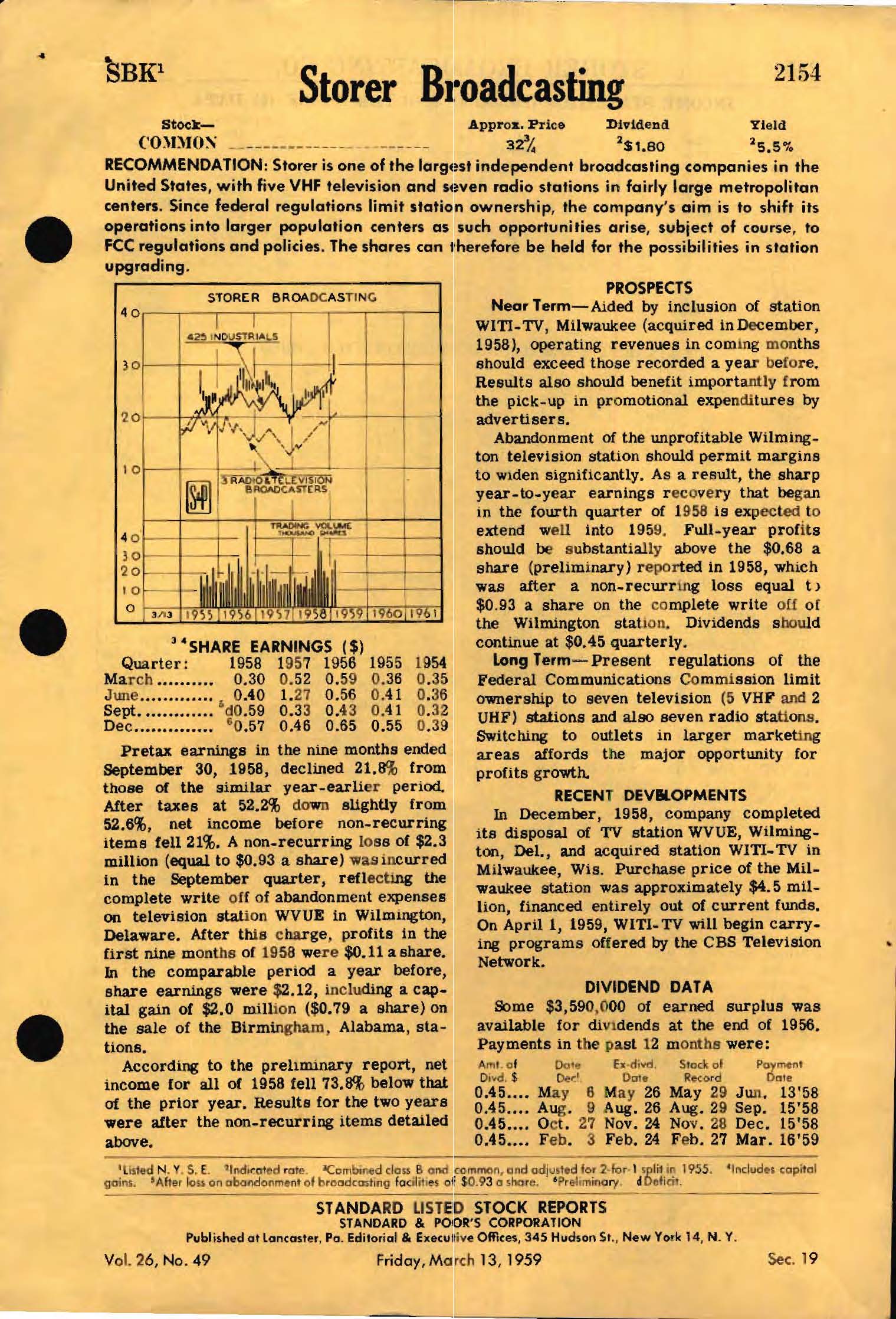 |
In fact, I
became fascinated by and enamored of KGBS's owner, Storer Broadcasting,
and became one of
their most minor shareholders ever: my first trade was for a single
share. |
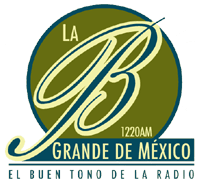 |
|
One of my
favorite stations was XEB from Mexico City |
|
That station came into Cleveland easily after
the midnight sign-off of local WGAR. XEB's 100,000 watt power and
its tropical format made it my favorite (at least till I discovered
the cumbias on Una Voz en el Camino on La Voz del Río Cauca, HJED
820 from Cali, Colombia, |
|
Occasionally, I
got permission from my mom to call the station and request songs. The distance
made it interesting to the night DJ, and when I requested the Sonora
Santanera's songs, I was usually put on the air! Eventually, the DJ
recognized me and even knew the songs I wanted to hear. Years later,
I visited XEB and the pictures are on the photo page of this site. |
|
One of a DXer's resources was membership in a
radio club. In the early 60's, a group of DXers who were unsatisfied
with the management of the National Radio Club formed the National
Radio Club, Inc. which later became the IRCA, or International Radio
Club of America. Here is a page from the NRCI bulletin, and clicking
on the picture will bring up a PDF of the whole publication- |
 |
I was on the
first board of directors of the IRCA,
but my relocation to Ecuador
prevented continuing as an active member. |